Home>Garden Essentials>How Long Do Seeds Keep
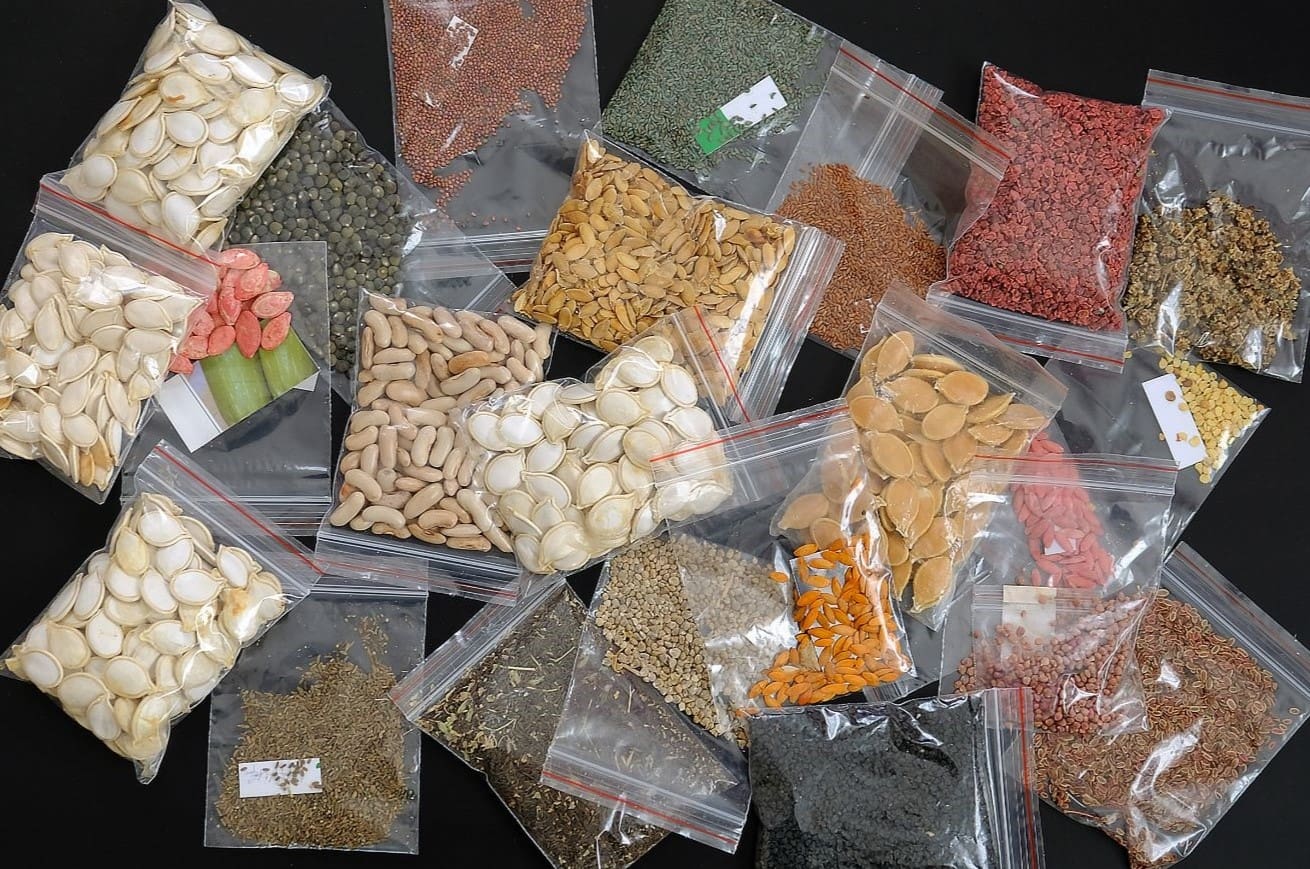

Garden Essentials
How Long Do Seeds Keep
Modified: September 1, 2024
Discover how long garden seeds can be stored and kept viable, ensuring the longevity and success of your future gardening endeavors.
(Many of the links in this article redirect to a specific reviewed product. Your purchase of these products through affiliate links helps to generate commission for Storables.com, at no extra cost. Learn more)
Introduction
You’ve finally found that perfect pack of seeds for your dream garden. But what if you don’t use all the seeds right away? How long can you keep them before they lose their viability? The lifespan of seeds can vary significantly depending on various factors. In this article, we will delve into the fascinating world of seed longevity and explore the factors that affect it.
Seeds are remarkable little powerhouses of life. They contain all the genetic information needed for a plant to grow and reproduce. However, like any living organism, seeds have a limited lifespan. Understanding the factors that influence seed longevity and implementing proper storage techniques can help you preserve and extend the viability of your precious seeds.
One of the primary factors affecting seed longevity is the type of seed. Some seeds naturally have a longer shelf life, while others are more short-lived. Additionally, environmental factors, such as temperature, humidity, and light exposure, can either promote or hinder seed viability.
Knowing which seeds have a longer shelf life can be helpful when planning your garden and deciding which seeds to buy in bulk. Certain vegetables like tomatoes, peppers, and lettuce tend to have shorter seed viability compared to others like beans, carrots, and radishes.
Proper storage techniques are crucial to maintaining seed viability. Seeds should be stored in a cool, dry place to minimize moisture absorption and prevent mold or fungal growth. Additionally, protecting seeds from light and temperature fluctuations can help prolong their lifespan.
In this article, we will provide you with valuable tips for extending seed viability and ensuring that your seeds remain viable for as long as possible. We will also explore methods to test seed viability to determine if they are still capable of germination.
So, whether you are a seasoned gardener looking to preserve the seeds from your favorite plant varieties or a novice just starting your gardening journey, understanding how long seeds can remain viable and how to store them properly is essential knowledge for successful gardening.
Join us as we embark on a journey to uncover the secrets of seed longevity and learn how to make the most of those little packets of life for a bountiful and sustainable garden.
Key Takeaways:
- Preserve seed viability by storing them in cool, dark places and conducting germination tests to ensure successful gardening for years to come.
- Beans, carrots, and radishes are ideal for long-term storage, but proper storage techniques are crucial for all seeds to maintain viability.
Read more: How Long To Keep Bulk Soil Mix
Factors Affecting Seed Longevity
Several key factors can influence the longevity of seeds. Understanding these factors can help you make informed decisions on how to store and preserve your seeds properly. Let’s explore the primary factors that affect seed longevity:
1. Seed Type: Different seeds have different natural lifespans. Some seeds, such as those from annual plants, tend to have a shorter viability period. They are designed to germinate and complete their life cycle within a single growing season. On the other hand, seeds from perennial plants generally have a longer viability as they are adapted to survive over multiple growing seasons.
2. Genetic Factors: The genetic makeup of seeds can influence their longevity. Some plant varieties naturally produce seeds that have a longer shelf life, while others may have shorter viability due to specific genetic traits. Selecting seeds from reputable sources and choosing varieties known for their seed longevity can increase the chances of long-term viability.
3. Environmental Conditions: The environment in which seeds are stored plays a crucial role in their longevity. Temperature, humidity, and light exposure can significantly impact seed viability. Ideally, seeds should be stored in cool, dry conditions with low humidity. High temperatures and moisture can accelerate degradation and reduce germination rates. Light exposure can also be detrimental to seeds, especially for those that require darkness to germinate.
4. Seed Moisture: Excess moisture is one of the biggest threats to seed viability. Seeds should be adequately dried before storage to prevent mold growth or premature germination. Moisture content should generally be around 8-10% for most seeds. You can use a moisture meter to determine the moisture levels of your seeds.
5. Exposure to Oxygen: Oxygen can also impact seed longevity. Seeds that are exposed to excessive oxygen levels are more prone to oxidative damage, which can lead to decreased viability. Vacuum-sealed packaging or using airtight containers can help minimize oxygen exposure and preserve seed quality.
6. Pests and Diseases: Seed-borne pests and diseases can compromise seed viability. It’s essential to ensure that your seeds are free from any contamination before storing them. Discard any damaged or diseased seeds and treat them accordingly to prevent the spread of pests and diseases.
By understanding these factors, you can take appropriate measures to maximize seed longevity. In the next sections, we will discuss proper storage techniques and tips for extending the viability of your seeds, so you can enjoy successful germination and a thriving garden.
Seeds that Have a Longer Shelf Life
While the viability of seeds will naturally decrease over time, some seeds have a longer shelf life compared to others. Understanding which seeds tend to last longer can help you plan your gardening activities and prioritize the use of certain seeds. Here are some examples of seeds that generally have a longer shelf life:
1. Beans: Beans, including common beans, such as kidney beans and black beans, as well as heirloom varieties, have a reputation for long storage potential. Properly stored beans can remain viable for up to five years or even longer. They are a great choice for gardeners looking to preserve seeds for future plantings.
2. Carrots: Carrot seeds are known for their longevity, especially when stored in cool, dry conditions. With proper storage, carrot seeds can remain viable for up to three years or more. They are a popular choice for gardeners who want to harvest fresh carrots from their own gardens year after year.
3. Radishes: Radish seeds also have a relatively long shelf life. They can remain viable for up to three years with proper storage. Radishes are fast-growing vegetables, making them an excellent choice for gardeners who want quick results in their gardens.
4. Cucumbers: Cucumber seeds can remain viable for up to five years or more. However, it’s important to note that the germination rate may decrease over time. To ensure high germination rates, it’s best to use cucumber seeds within three to four years of purchase or harvest.
5. Tomatoes: Tomato seeds, when properly stored, can remain viable for three to five years or even longer. However, some varieties may have shorter viability compared to others. It’s advisable to plant fresh tomato seeds or those that are no more than a couple of years old for optimal germination rates.
6. Peppers: Pepper seeds, including bell peppers, chili peppers, and sweet peppers, can have a good shelf life when stored properly. They can remain viable for up to three to five years. Like tomatoes, it’s recommended to use fresh or recently harvested pepper seeds for best results.
It’s important to note that while these seeds tend to have a longer shelf life, proper storage techniques are still vital to preserve their viability. Storing seeds in airtight containers, away from moisture and extreme temperatures, will help maximize their longevity.
By prioritizing the use of seeds with longer shelf lives, you can ensure that you make the most of your seed collection and have a continuous supply of fresh produce in your garden for years to come.
Proper Storage Techniques
Proper storage techniques are essential for maintaining seed viability over an extended period. Here are some key practices to consider when storing your seeds:
1. Keep Seeds Dry: Moisture is the enemy of seed longevity. Seeds should be thoroughly dried before storage to prevent mold growth and maintain their viability. When harvesting seeds from fruits or vegetables, allow them to air dry in a well-ventilated area until they are completely dry.
2. Use Airtight Containers: Storing seeds in airtight containers helps protect them from moisture, pests, and oxygen exposure. Use resealable plastic bags, glass jars, or seed storage containers that are specifically designed to maintain seed freshness. Make sure to remove as much air as possible before sealing the container.
3. Choose Cool and Dark Storage Locations: Seeds should be stored in a cool, dark place to minimize temperature fluctuations and prevent exposure to light. A temperature of around 40-50°F (4-10°C) is ideal for most seeds. Avoid storing seeds in areas that are subject to extreme heat or direct sunlight, such as garages or windowsills.
4. Label and Organize: Properly labeling and organizing your seeds will help you keep track of their age and variety. Use waterproof and fade-resistant labels to mark the seed packets or containers with the name, variety, and date of collection. Organize your seeds in a way that allows easy accessibility and helps you identify different types quickly.
5. Consider Silica Gel Packs: Silica gel packs can help absorb excess moisture and prevent seed deterioration. Place a silica gel pack inside your seed storage container to help maintain optimal moisture levels. Ensure that the packs are non-toxic and suitable for use with food storage.
6. Avoid Freezing Seeds: Freezing seeds is generally not recommended for long-term storage, as the moisture inside the seeds can expand and damage the delicate structures. However, some seeds, like those from certain wildflower species, may benefit from cold stratification, which involves temporarily exposing them to cold temperatures before planting to break dormancy.
By following these proper storage techniques, you can significantly extend the viability of your seeds. However, keep in mind that each type of seed may have its own specific storage requirements. It’s always a good idea to research the specific storage needs of each seed variety to ensure optimal preservation.
In the next section, we will share additional tips for extending the viability of your seeds and maximizing their germination rates, ensuring a successful and productive garden.
Store seeds in a cool, dry place to extend their shelf life. Keep them in airtight containers to prevent moisture and pests. Check expiration dates for best results.
Tips for Extending Seed Viability
Preserving the viability of your seeds is crucial for successful germination and a flourishing garden. Here are some useful tips to help you extend the longevity of your seeds:
1. Harvest Seeds at the Right Time: Timing is essential when it comes to harvesting seeds. Allow the seeds to fully mature and dry on the plant before collecting them. Harvesting seeds too early can result in low viability and poor germination rates.
2. Store Seeds in Small Batches: Instead of storing all your seeds in one large batch, consider dividing them into smaller portions. This way, if one batch loses viability, you still have backup seeds available. Label and date each batch accordingly for easy organization.
3. Rotate Your Seed Collection: To maintain a fresh supply of seeds each year, practice seed rotation. Use your oldest seeds first and save the newer ones for future plantings. This ensures that seeds are used within their optimal viability period.
4. Avoid Excessive Handling: Frequent handling of seeds can increase the risk of physical damage and introduce moisture from your hands. Minimize handling as much as possible and use clean, dry tools when necessary.
5. Regulate Storage Environment: Keep the storage environment consistent and stable. Avoid exposing seeds to extreme temperature fluctuations or high humidity levels. Check the storage area regularly for any signs of moisture or pest infestation.
6. Conduct Germination Tests: Regularly test the germination rates of your stored seeds. This will give you an idea of their viability and help you determine if it’s time to replace older seeds. Conduct a simple germination test by placing a small sample of seeds on a damp paper towel and observing the percentage of seeds that germinate.
7. Keep Detailed Records: Maintain a record of your seed storage and germination test results. This will help you track the viability of specific seed batches and guide your future seed-saving and planting decisions.
8. Share Seeds with Others: Participating in seed exchanges or sharing seeds with fellow gardeners can help ensure the continued biodiversity and preservation of heirloom varieties. By sharing your excess seeds, you can also receive fresh seeds in return, contributing to a vibrant and diverse garden.
By implementing these tips, you can optimize the viability of your seeds and enjoy successful germination year after year. Remember that proper storage techniques, care, and attention to detail are key to maintaining seed quality and ensuring the long-term sustainability of your garden.
Read more: How Long Can You Keep Flax Seeds
Testing Seed Viability
Testing seed viability is an essential step in determining whether your stored seeds are still capable of germination. To ensure successful planting and avoid disappointment, follow these steps to test the viability of your seeds:
1. Gather Your Materials: You will need a sample of the seeds you want to test, a few moist paper towels or coffee filters, a sealable plastic bag, and a warm location.
2. Prepare the Seeds: Take a small sample of seeds and count them. It’s generally recommended to test around 10 to 20 seeds. If you have a large quantity, you can test more for greater accuracy. Remove any debris or damaged seeds from the sample.
3. Create the Moisture Chamber: Moisten the paper towels or coffee filters with clean water and then squeeze out any excess moisture. Place the seeds on one half of the moistened paper towel or coffee filter, leaving enough space between each seed.
4. Seal and Label: Fold the moistened paper towel or coffee filter over the seeds, covering them completely. Carefully place the seed-filled towel or filter inside a sealable plastic bag. Label the bag with the seed type and the date of the test.
5. Provide Warmth: Place the sealed plastic bag in a warm location, such as on top of a warm appliance or near a heat source. The ideal temperature for germination varies depending on the type of seed, but a temperature of around 70-75°F (21-24°C) is generally suitable for most common vegetable and flower seeds.
6. Monitor and Evaluate: Check the seeds regularly, usually every few days, to see if any of them have germinated. Depending on the seed type, germination could occur within a few days to a couple of weeks. Record the number of seeds that have germinated and calculate the germination rate as a percentage.
7. Determine Viability: Generally, if more than 70% of the seeds germinate, the remaining seeds in your storage should still have good viability. However, keep in mind that germination rates can vary depending on the seed type, storage conditions, and age of the seeds. If the germination rate is lower than desired, it may be time to replenish your seed collection.
By testing the viability of your stored seeds, you can ensure that you are planting seeds that have a high chance of germination and successful growth. Regularly performing seed viability tests will help you maintain a healthy and productive garden year after year.
Remember to properly store the remaining seeds after conducting the viability test, following the recommended storage techniques mentioned earlier in this article. With this knowledge and practice, you can make the most of your seed collection and enjoy the rewards of a thriving garden.
Conclusion
Understanding the factors that affect seed longevity is essential for any gardener. By knowing how long seeds can remain viable and implementing proper storage techniques, you can preserve the viability of your seeds and ensure successful germination for a flourishing garden.
Factors such as seed type, genetic makeup, environmental conditions, moisture levels, exposure to oxygen, and protection from pests and diseases all play a crucial role in seed longevity. By taking these factors into account, you can make informed decisions about which seeds to prioritize and how to store them properly.
Seeds like beans, carrots, radishes, cucumbers, tomatoes, and peppers tend to have a longer shelf life, making them ideal candidates for seed saving and long-term storage. However, regardless of the seed type, proper storage techniques are crucial.
Storing seeds in airtight containers, keeping them in cool and dark locations, and maintaining dry conditions are key practices to preserve seed viability. Additionally, conducting germination tests, rotating seed collections, and sharing seeds with other gardeners can help ensure the ongoing success and diversity of your garden.
Remember to label and organize your seed collection, as this will allow you to easily identify and track the age and variety of your seeds. Regularly conduct germination tests to assess seed viability and replace any seeds with lower germination rates. By following these practices, you can make the most of your seed collection and enjoy the rewards of a thriving garden for years to come.
Gardening is a journey that starts with a seed. By understanding seed longevity and implementing proper storage techniques, you are preserving the potential of life within each tiny capsule. So, embrace the wonder and beauty of seeds, and let them lead you on an incredible gardening adventure.
Frequently Asked Questions about How Long Do Seeds Keep
Was this page helpful?
At Storables.com, we guarantee accurate and reliable information. Our content, validated by Expert Board Contributors, is crafted following stringent Editorial Policies. We're committed to providing you with well-researched, expert-backed insights for all your informational needs.
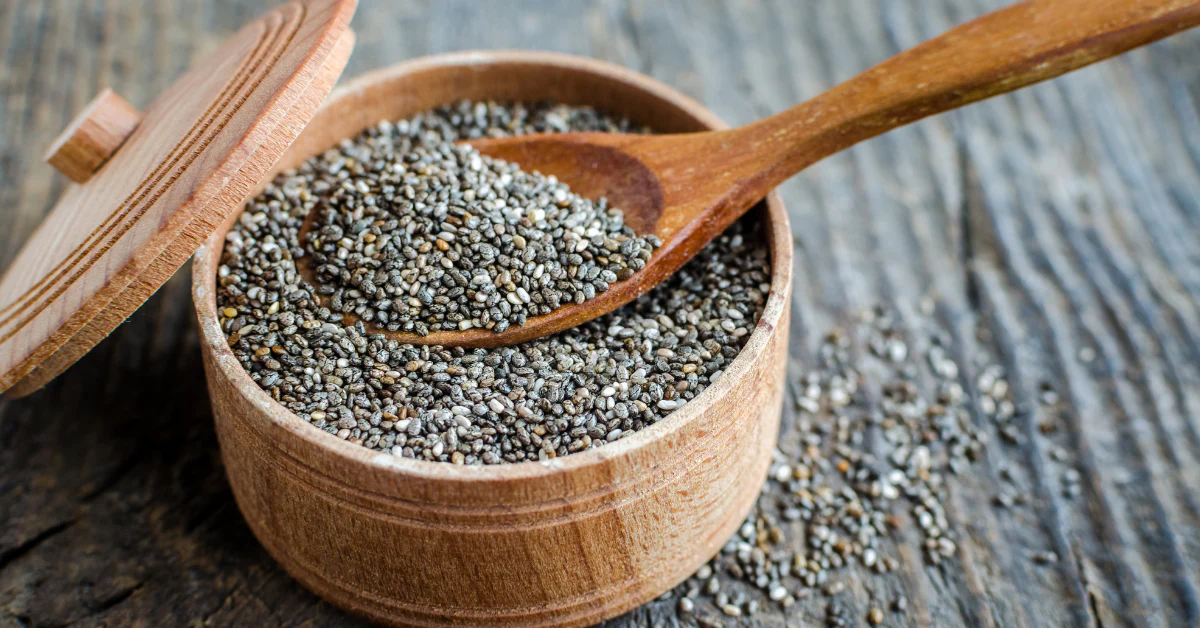
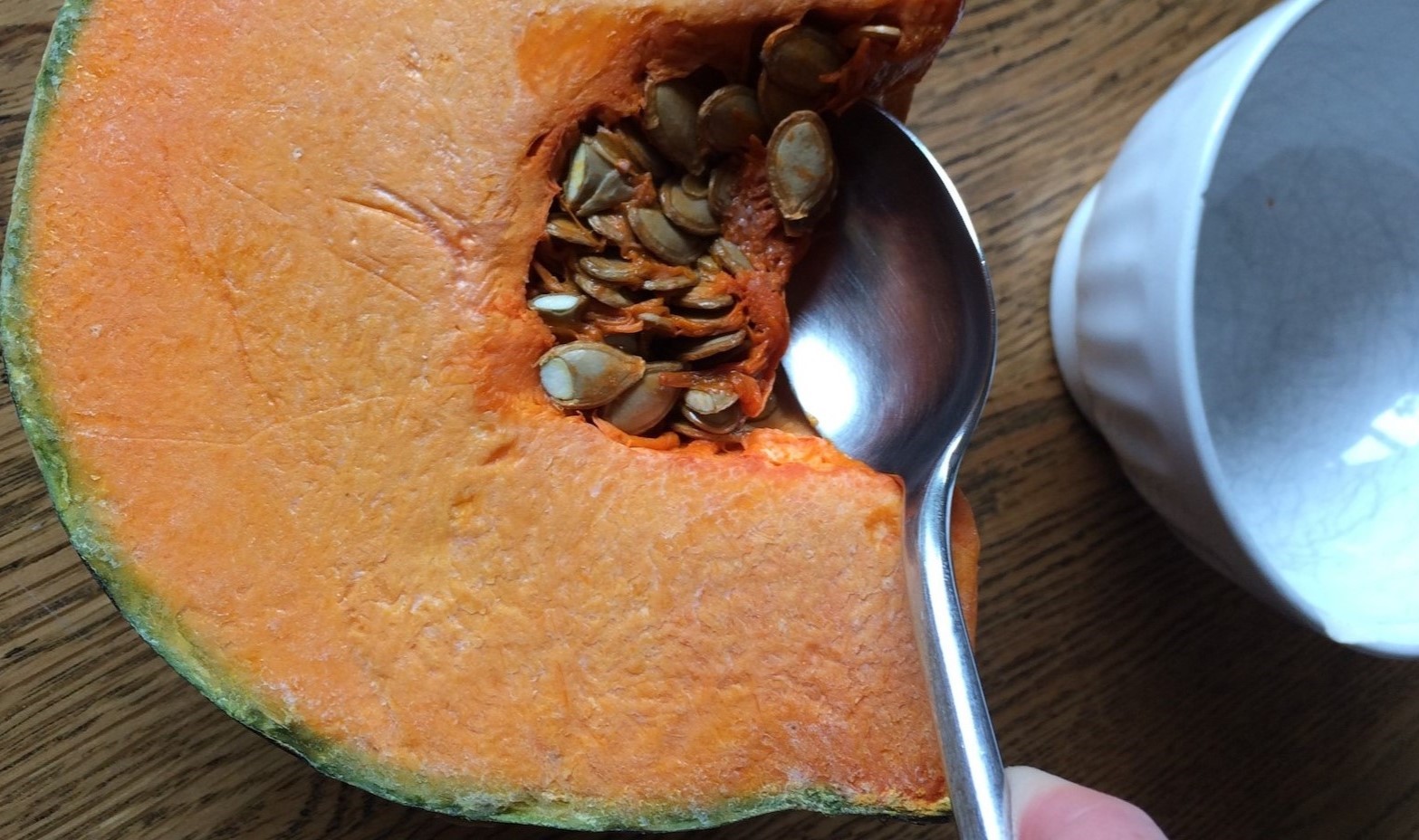
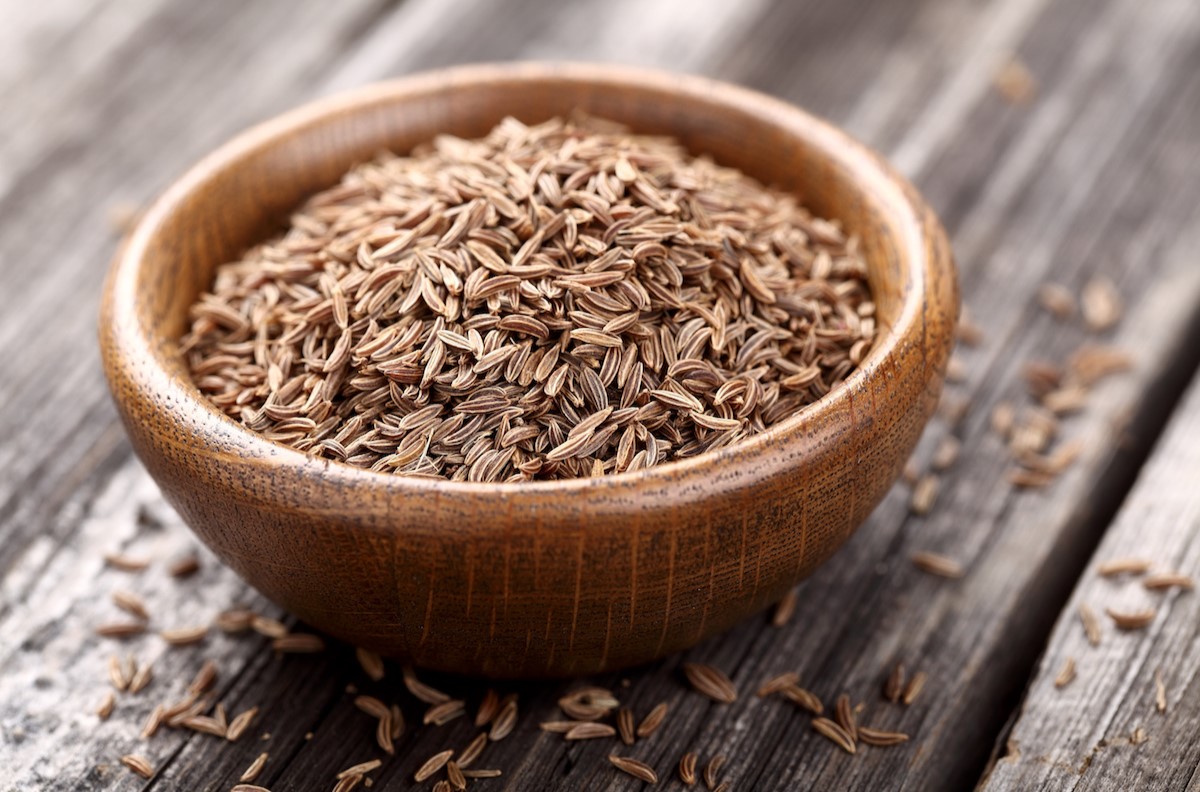
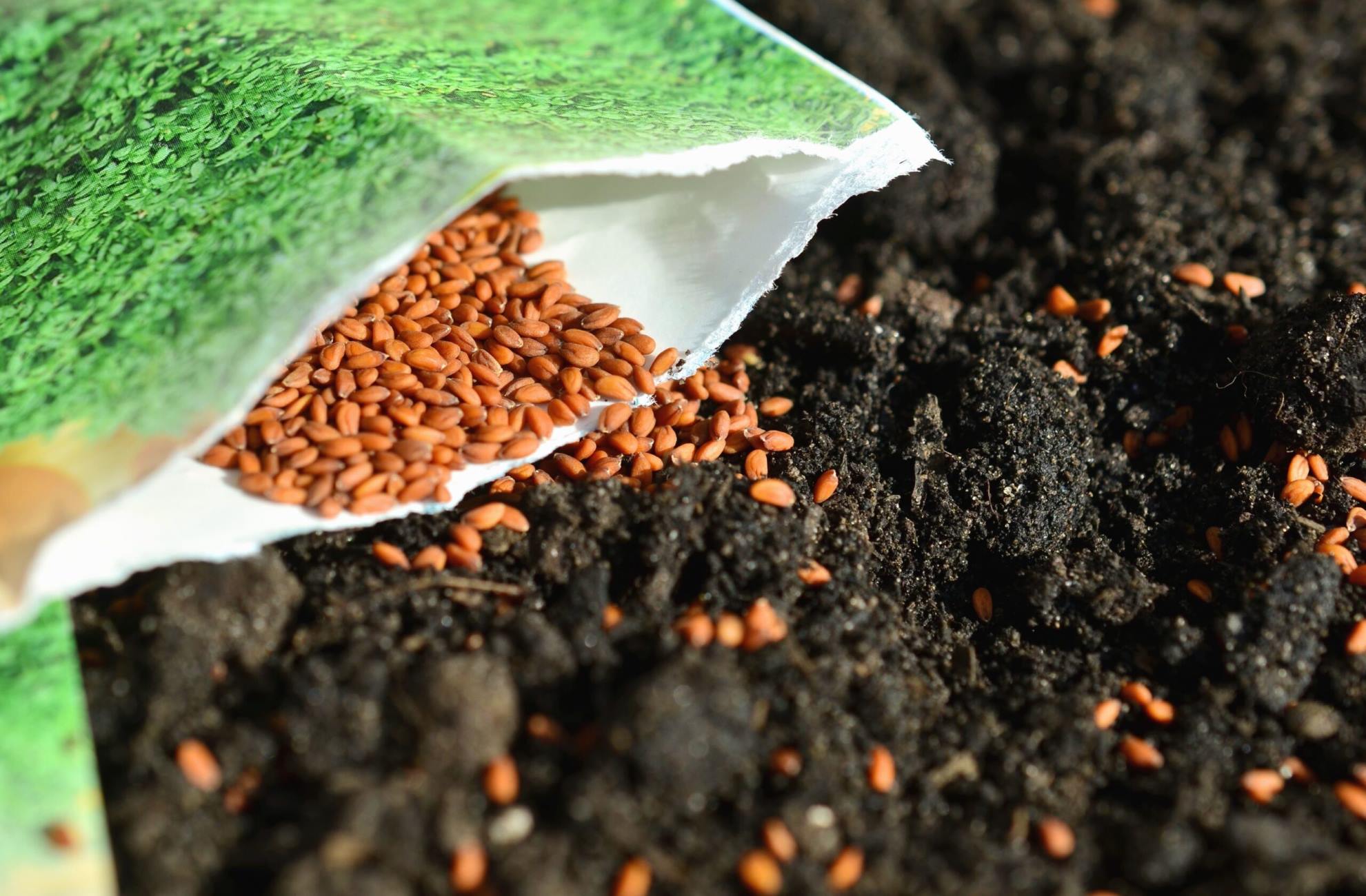
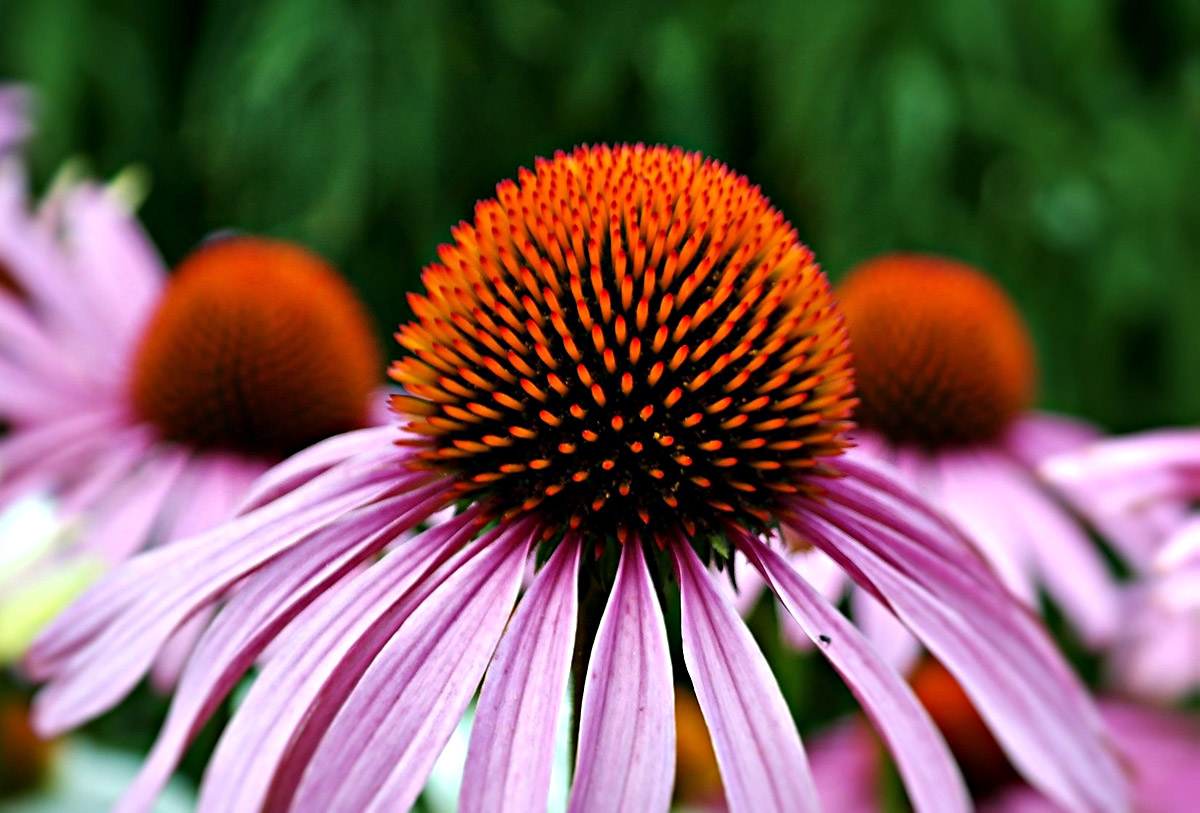
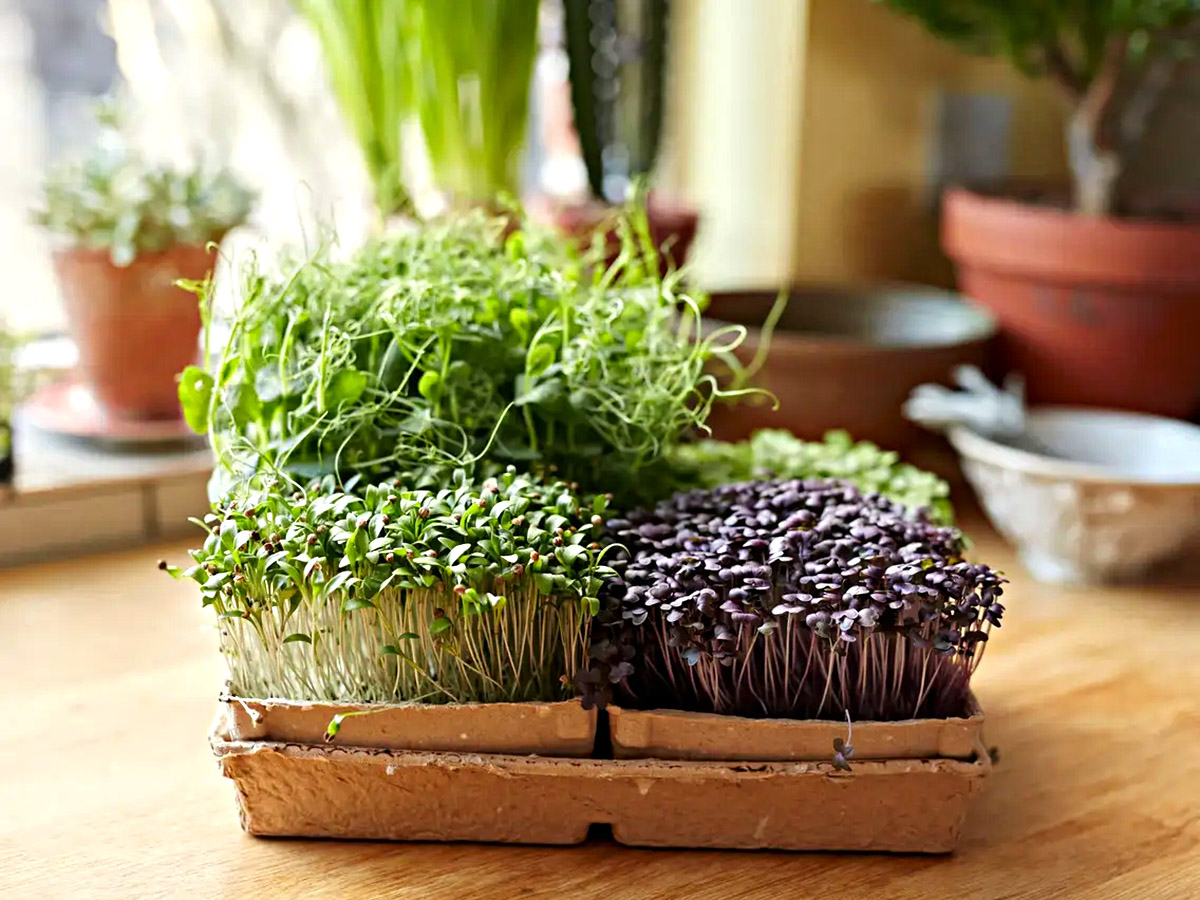
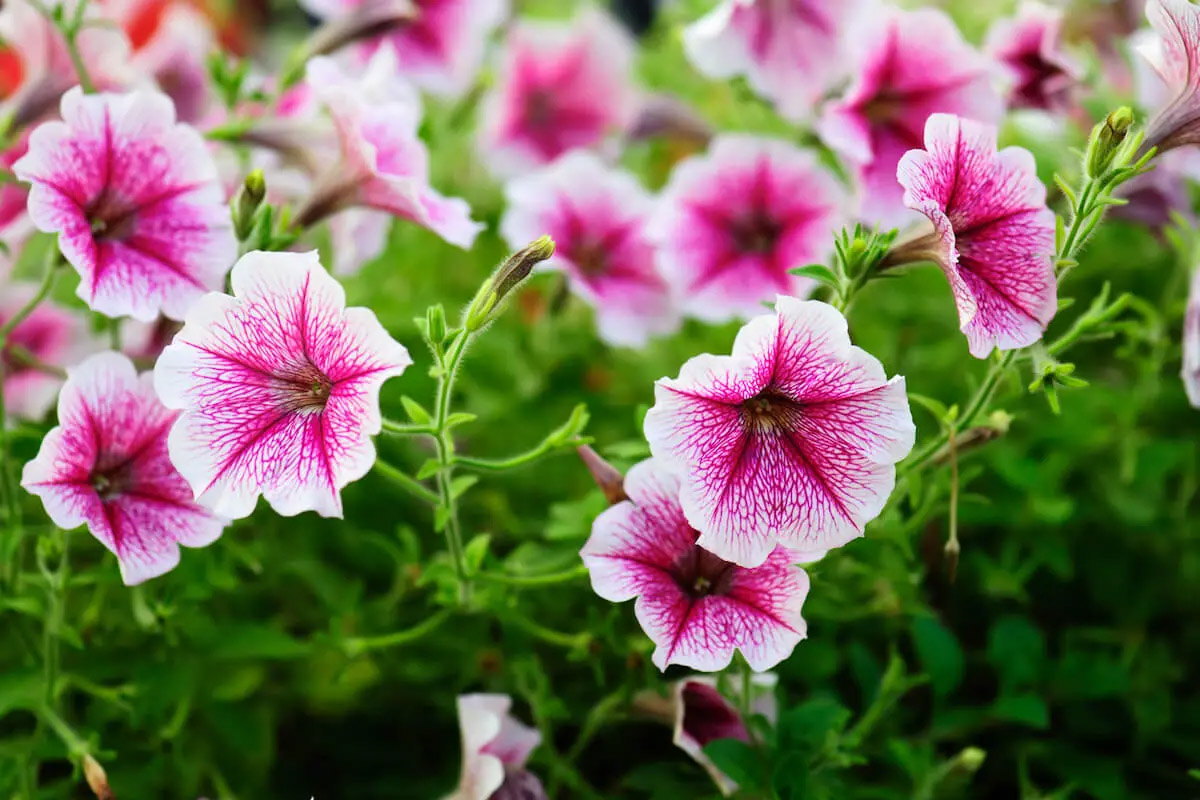
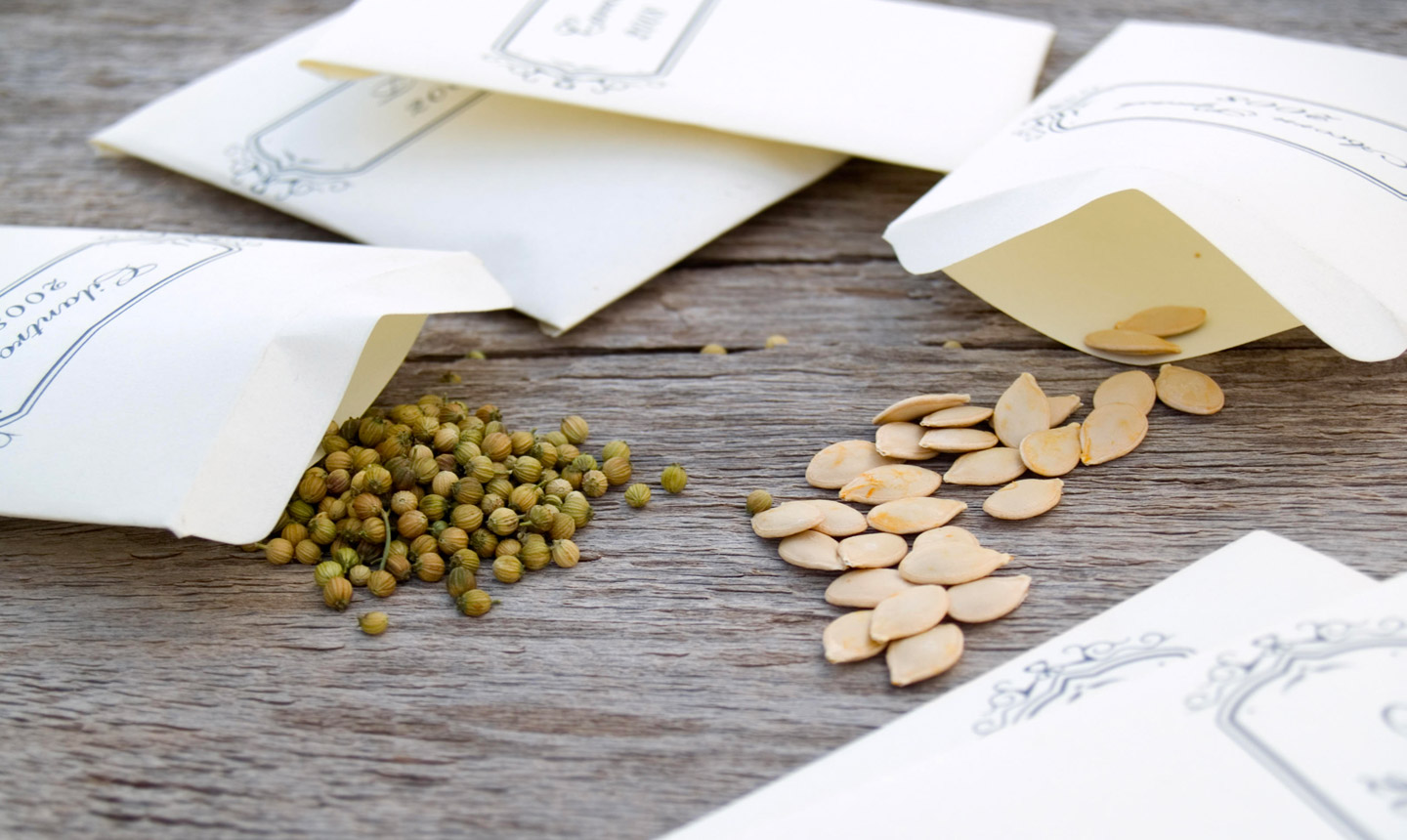
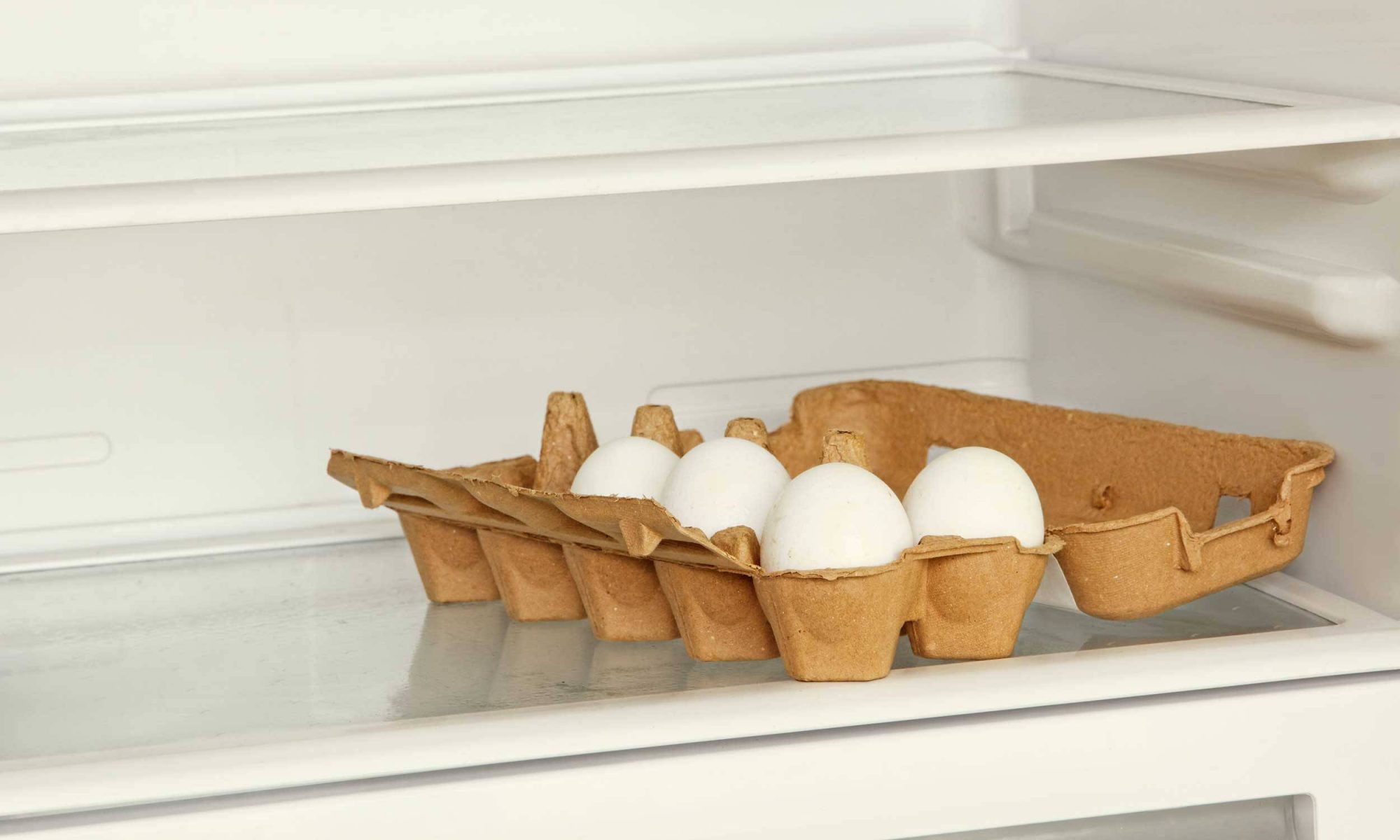
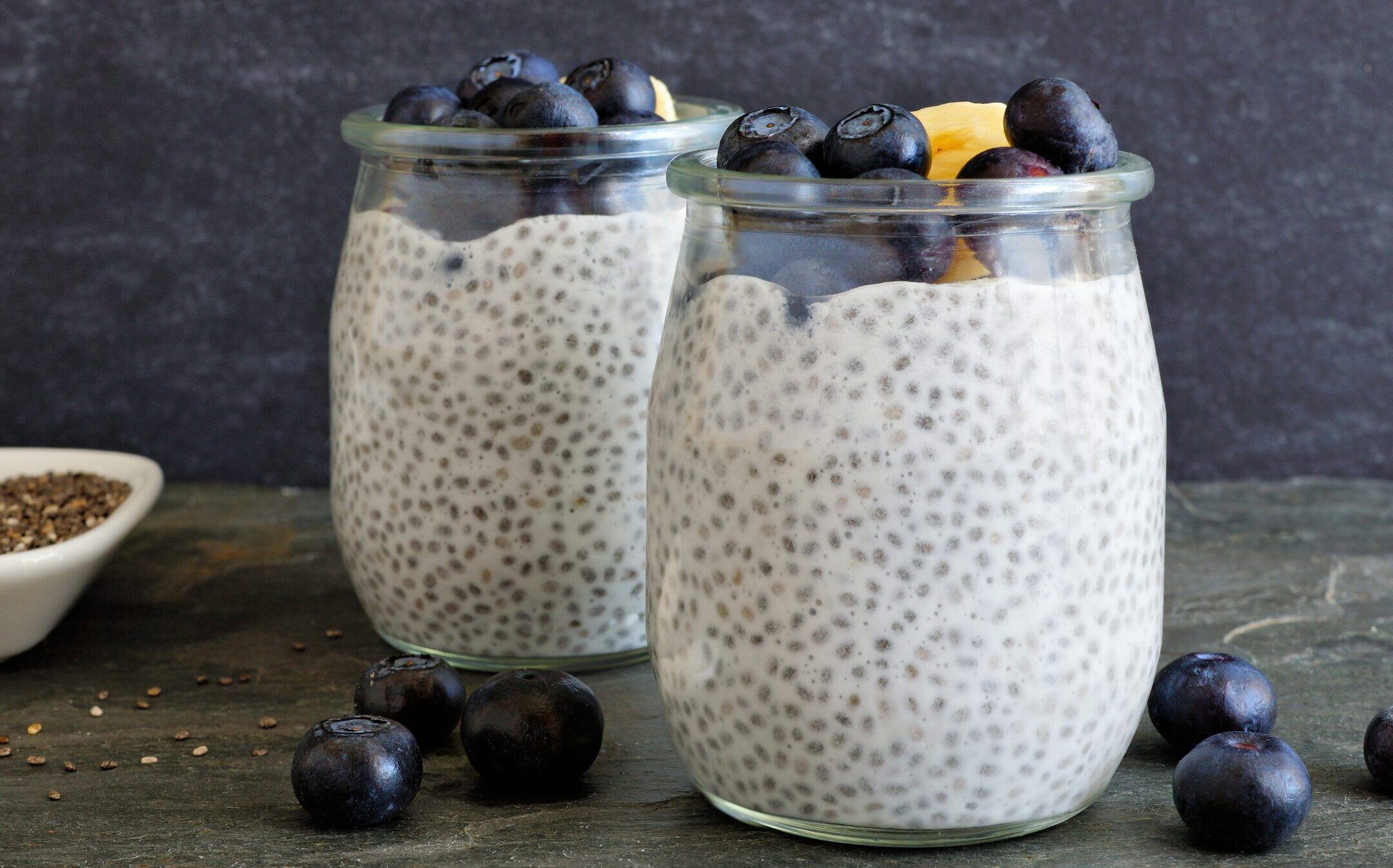
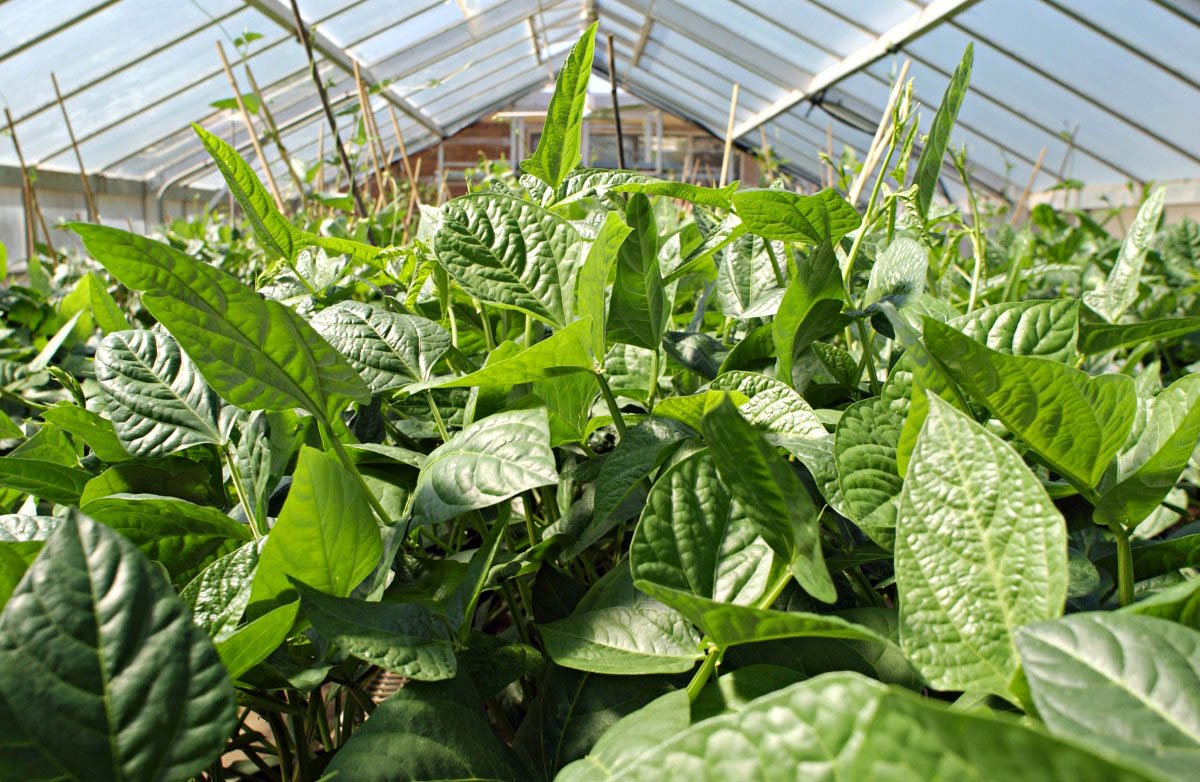
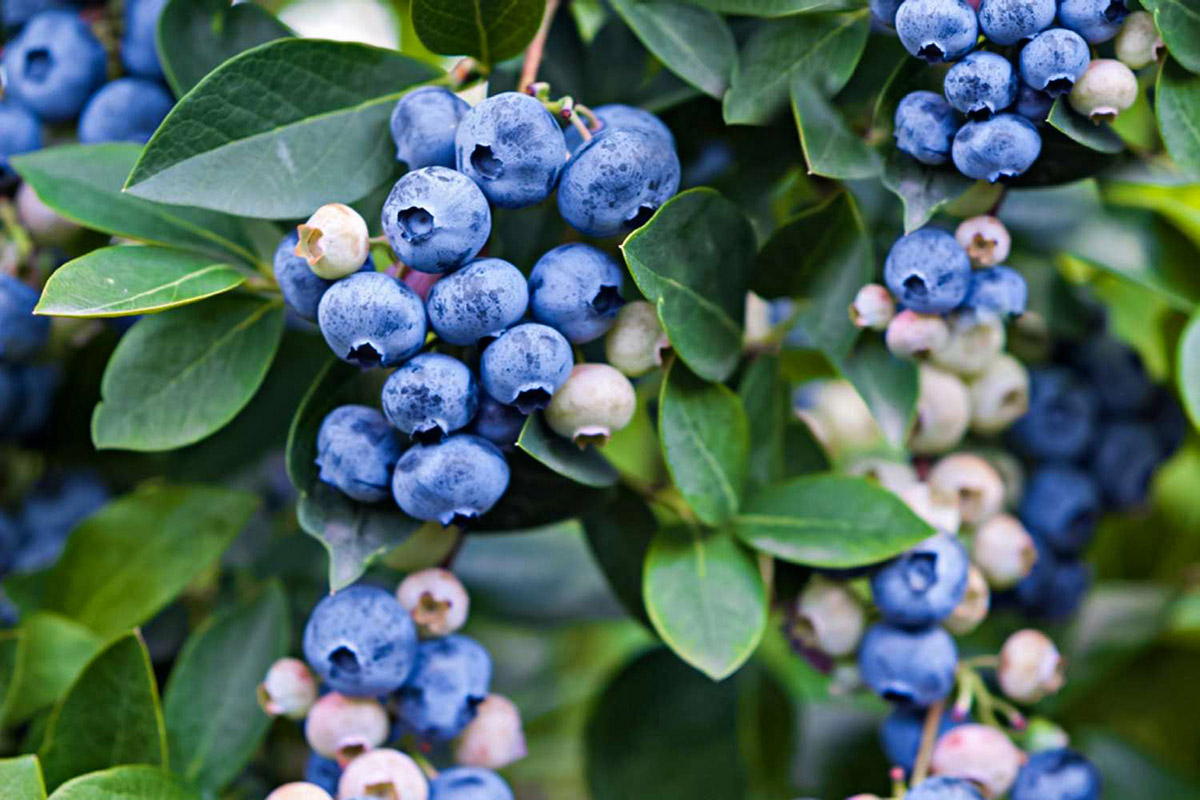
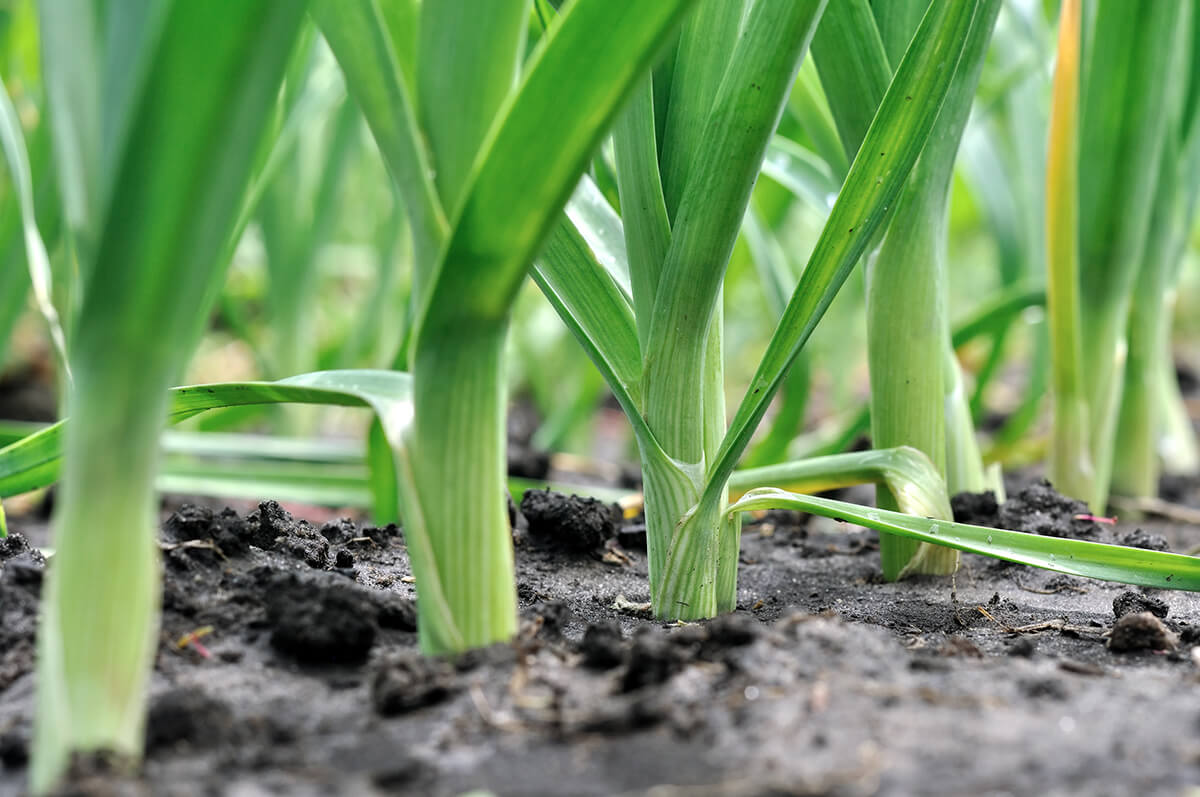
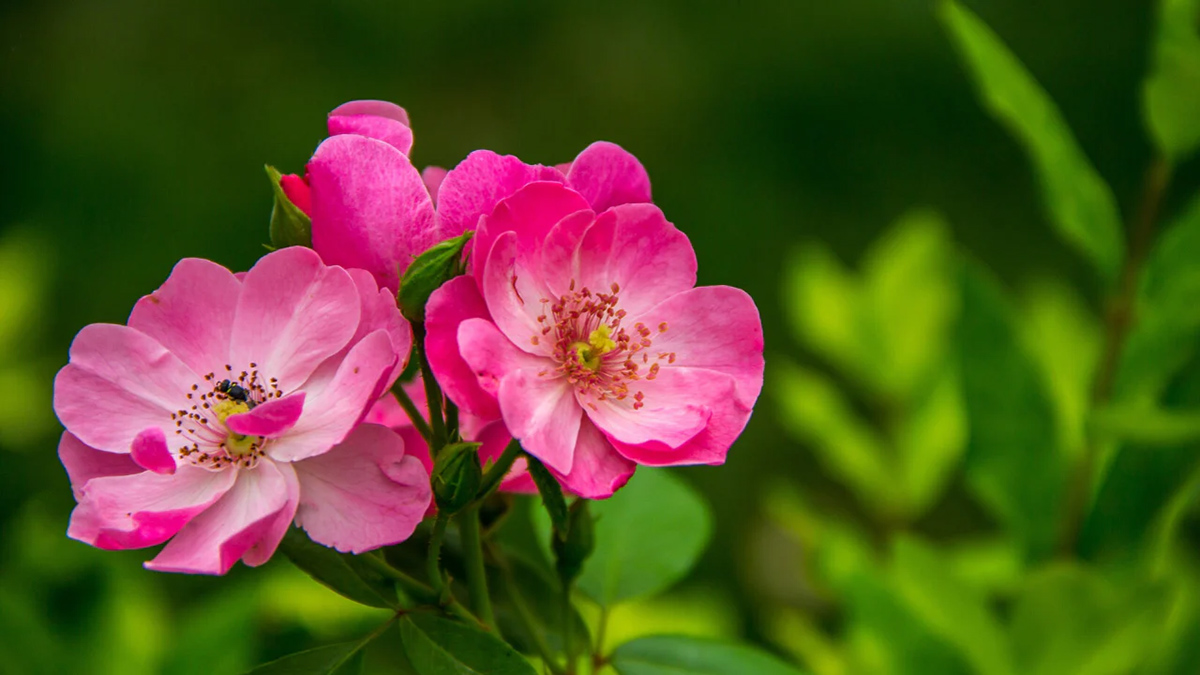

0 thoughts on “How Long Do Seeds Keep”